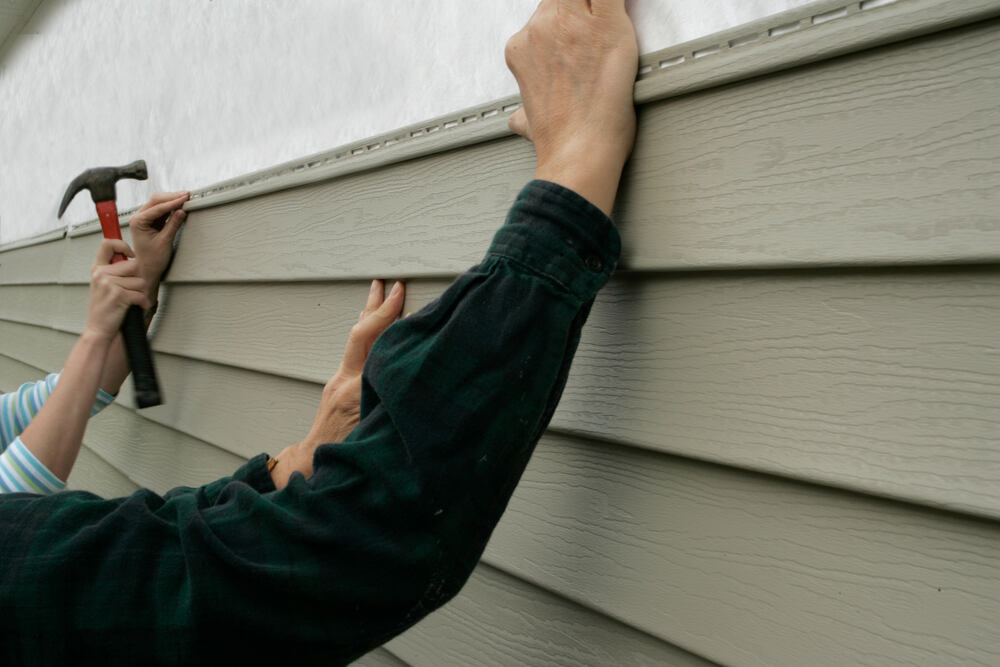Vinyl siding is well known as one of the most durable, long-lasting options for home siding, with properly installed, properly maintained vinyl siding lasting up to 40 years. However, it’s not invincible. Eventually, vinyl siding will reach the end of its lifespan and will need to be replaced. But how do you know when to replace vinyl siding? In this blog, we’ll go over the top 10 signs that it’s time to replace your siding.
Cracks or Holes
If you notice cracks or holes in the boards of your vinyl siding, that’s a good sign it’s ready for a replacement. Even small cracks can let in moisture, insects, and air, compromising the structural integrity of your home. Plus, with time, small cracks and holes are likely to expand. It’s best to nip this problem in the bud while it’s more manageable.
If you only notice a few cracks or holes in one area of the home, or if something recently happened to damage a portion of your siding (such as an extreme weather event), then you may not need to replace your siding altogether. Speak to a contractor or building supplier to get their professional opinion on whether or not you need to replace all of your siding, or just a portion of it.
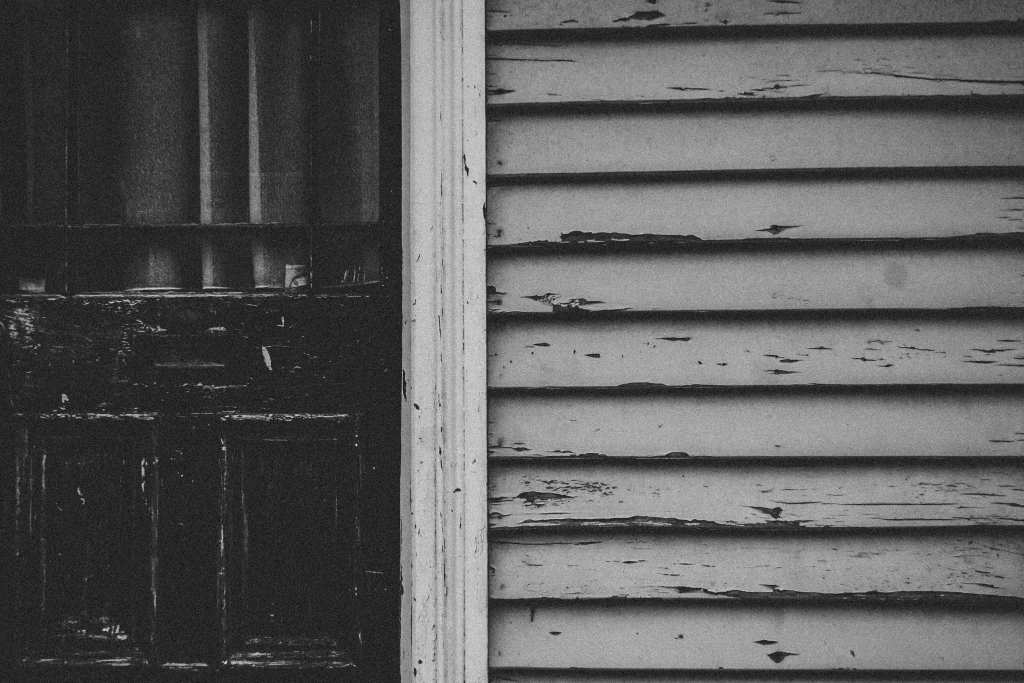
Warped or Buckled Boards
“Warped” or “buckled” siding refers to siding that has become deformed or distorted in some way. It often looks like ripples , or gaps between the boards. Once your siding starts to warp or buckle, it is no longer properly protecting your home.
Siding expands in the heat and contracts in the cold. While these changes are too small for us to notice, they can make a real difference in the integrity of your siding. When it is improperly installed, it won’t have the appropriate amount of space to expand and contract. Over time, this can lead to warping and buckling. Siding may also warp and buckle due to moisture or heat damage.
You can help prevent this sort of damage by making sure to hire trustworthy professionals to install your siding, and by maintaining your home’s gutters and drainage systems to avoid water damage. However, sometimes warping and buckling is beyond your control as a homeowner.
Regardless of what caused the damage, warping and buckling are good indicators that you need a replacement.
Mold, Mildew, or Fungus Growth
If you start finding patches of green, black, or brown on your siding, look closer. They may be growths of mold, mildew, or fungus. Their presence signals issues with moisture trapped beneath your siding. It’s hard to undo that sort of damage once it’s done, so when you find these pesky patches, it’s a good sign that you will need to replace your siding soon.
Don’t delay when it comes to moisture issues with your home. Even though the problem areas may be located on the outside of your house, they can still cause problems for the people indoors, even stirring up allergy symptoms–especially if they are near windows. Plus, these issues will only get worse the longer you ignore them. It’s best to address them as soon as they pop up.
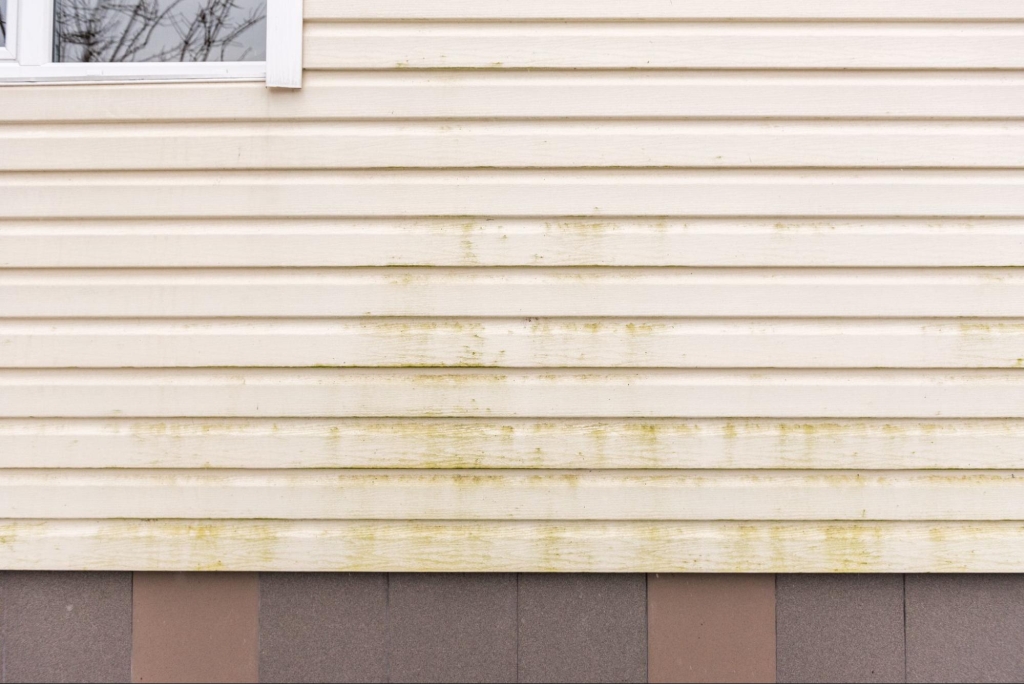
Blistering or Bubbling
Blistering or bubbling are usually signs that moisture has become trapped beneath your siding. Over time, the moisture builds up and bulges beneath the paint, causing the paint to look like it is bubbling or blistering.
However, there may be a few other culprits behind bubbling and blistering. Extreme heat and sun exposure, over the course of years, can cause intense expansion and contraction,leading to eventual bubbling. Improper installation can make this worse. Insects have also been known to cause bubbling and blistering.
It’s important to determine the root cause of bubbling and blistering before you address the issue. Some pest issues, for instance, may be solvable with a visit from an exterminator (and don’t necessarily require a total siding replacement). It’s also important to determine if there are any problems you need to address before installing your new siding, such as gutter or drainage problems that could lead to more trouble in the future.
Regardless of the cause, though, bubbling and blistering are usually good signs that it’s time to invest in new siding for your home.
Loose or Missing Boards
This one should be obvious. If large patches of your siding are dangling from the sides of your home–or missing altogether–then it’s probably a good idea to replace them! But, people often wonder at what point they should do a total siding replacement, rather than just replacing patches of loose or missing siding.
If there is a very obvious cause for your missing boards, such as a recent severe weather event, then you may be fine just replacing the missing or loose sections. Strong winds may rip off your siding–that doesn’t necessarily indicate that there were any issues with the boards themselves, nor the installation job. However, be sure to inspect for signs of deeper damage after a severe weather event, such as water damage.
If there is no obvious cause for your loose or missing siding, then you may have a bigger problem on your hands. Siding that falls off without a clear catalyst is probably just getting old. In that case, you’ll need to go further than just replacing the missing sections–it’s time to replace your siding altogether.
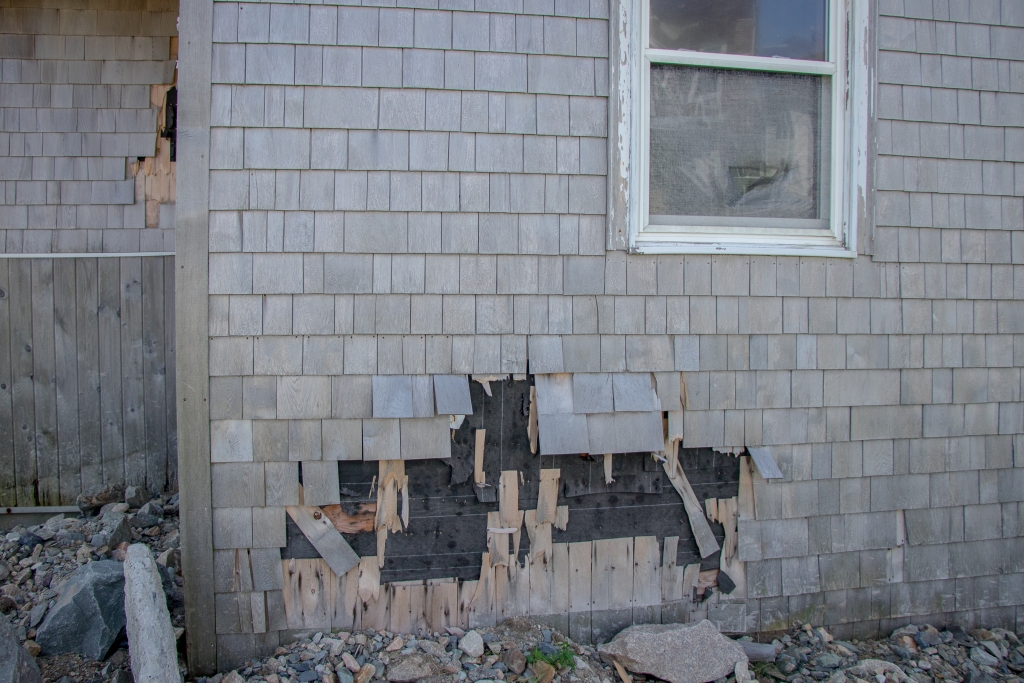
Soft Spots
Soft spots may look like sagging or warped patches along your siding, and they may feel spongy, too. Soft spots in your siding are yet another indicator of a moisture damage issue. Seeing a pattern yet? Here’s an important reminder to inspect your house every so often to make sure all gutters and drainage systems are working properly. Moisture damage can wreak havoc on not just your siding, but on other parts of your home.
If you see soft spots in your siding, it’s time to do a thorough inspection for moisture damage. And yes, that probably means it’s time for a major–if not a total–siding replacement.
High Energy Bills
Siding protects you from the elements in many ways, including by protecting your pocketbook. Siding is a crucial component of proper home insulation, as it helps shield your home from wind, storms, snow, and temperature changes. If your house is having temperature trouble lately, you’ll probably see it reflected in your energy bills.
Of course, skyrocketing utility bills are not always caused by siding problems. But as with pest problems, they should prompt you to inspect your home for any signs of trouble. And don’t just look at more obvious culprits, like windows. Understand that siding can impact your home’s energy efficiency, give it a careful once-over, and replace it if you see any signs of damage.

Faded or Discolored Panels
The elements are rough on the exterior of your home. Oxidation, mildew growth, and exposure to direct sunlight can all lead to discoloration over time. While it usually takes many years for this to happen, the damage is not reversible once it’s done.
Part of the reason you bought your siding was because you liked the color. So when that color starts to fade–or worse, change due–then it may be time to invest in new siding. The good news is, siding companies have greatly expanded their color and design selections in the past few decades. So, you’ll have more choices than ever when you decide to replace your vinyl siding!
Pest Infestations
Insects and pests can invade your home through a number of different entry points, and your siding is one of them! Don’t go tearing up your siding just because you saw a few ants. The culprit could just as well be gaps in your windows or doors, or problems with your flooring or foundation. However, the presence of pests and insects should prompt you to check on your siding. Look for any cracks or holes that could serve as a doorway for unwelcome visitors. And if you find cracks or holes in one area, look extra closely. You’ll probably find more of them around the house.
As we mentioned earlier in this article, cracks and holes point to aging siding. Avoid stressful, icky, pest problems by taking the initiative to replace your siding before things get any worse.
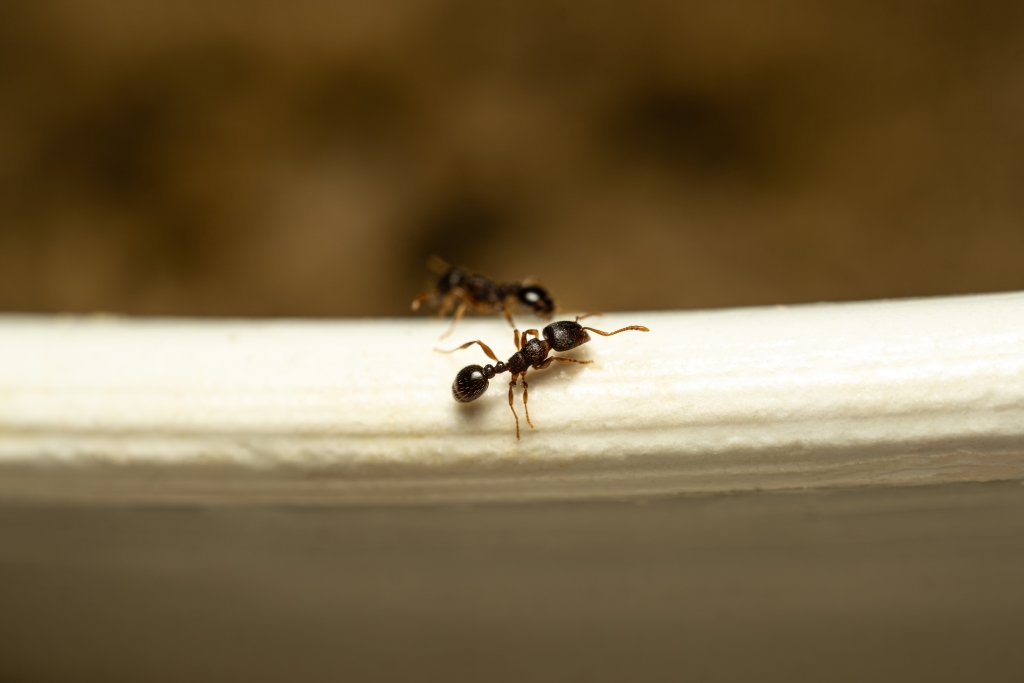
Outdated Style
This one isn’t exactly a structural problem, but it’s an issue nonetheless. You deserve to be proud of your home. It should be a place you’re happy to return to at the end of a long day, and it should also reflect your personal tastes. Since quality vinyl siding lasts so long, it may very well fall out of fashion over time. As trends change, you might fall in love with a new siding color or style. Don’t cringe every time you look at your house–create something you love and are proud of by replacing your siding.
Replace Your Vinyl Siding With the Help of Astro UP in Rock, Michigan!
Recognize any of the problems on this list? Don’t worry. While siding replacement may feel overwhelming, it’s a perfectly manageable task with the help of a trusted building supply store. When it comes time to replace your vinyl siding, visit a building supply store full of experienced employees and a wide selection of siding brands, styles, and colors. In short, visit Astro UP!
Located in Rock, Michigan, we’ve been helping Upper Peninsula homeowners rock their remodels for over 40 years. We’re proud to offer some of the leading brands in vinyl siding: Mastic and Certainteed, with options for any budget. Astro UP is well worth the drive, but if you want to take a look at our vinyl siding products or siding FAQ before you make the trek, please feel free to check out our website. We hope to serve you soon!
